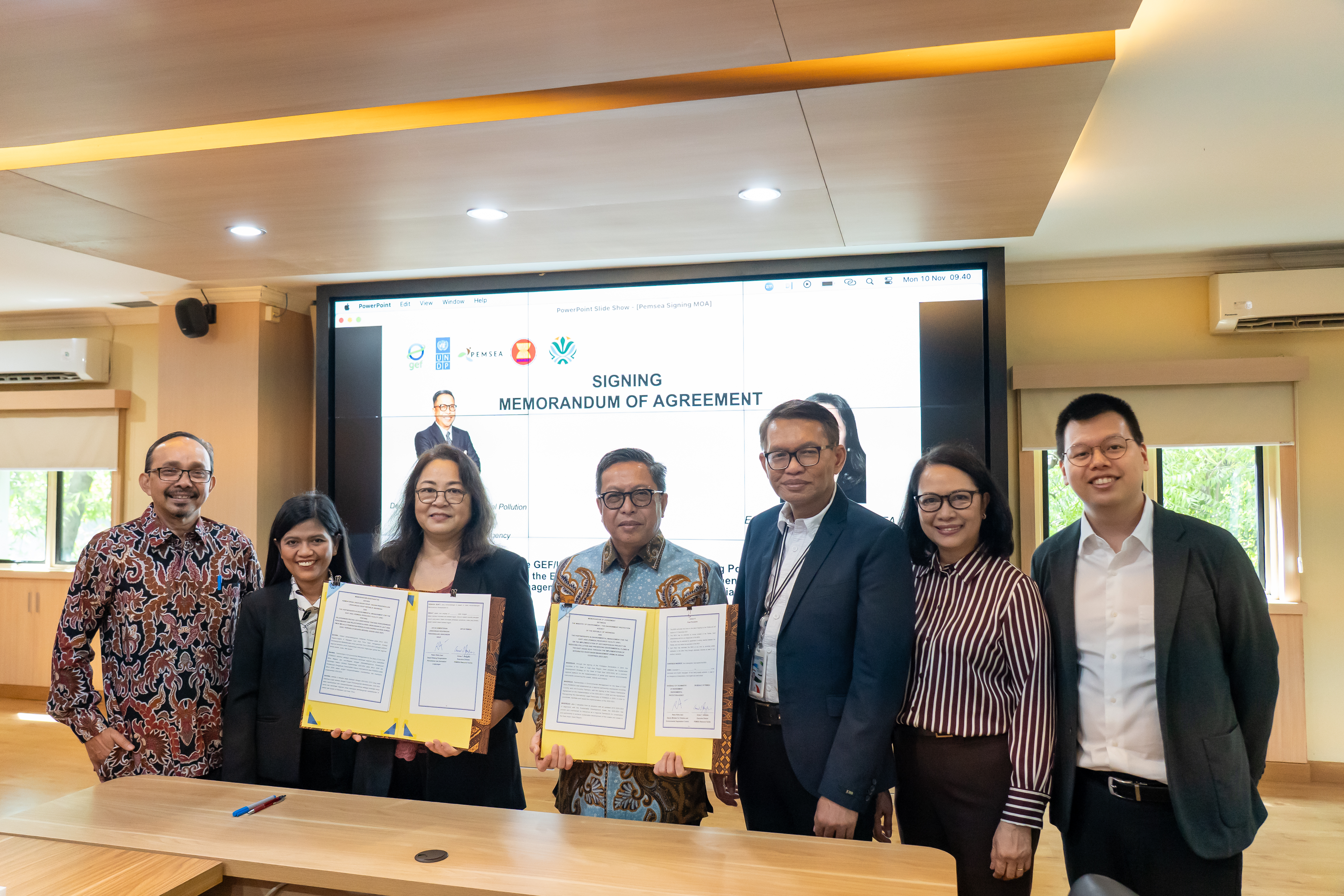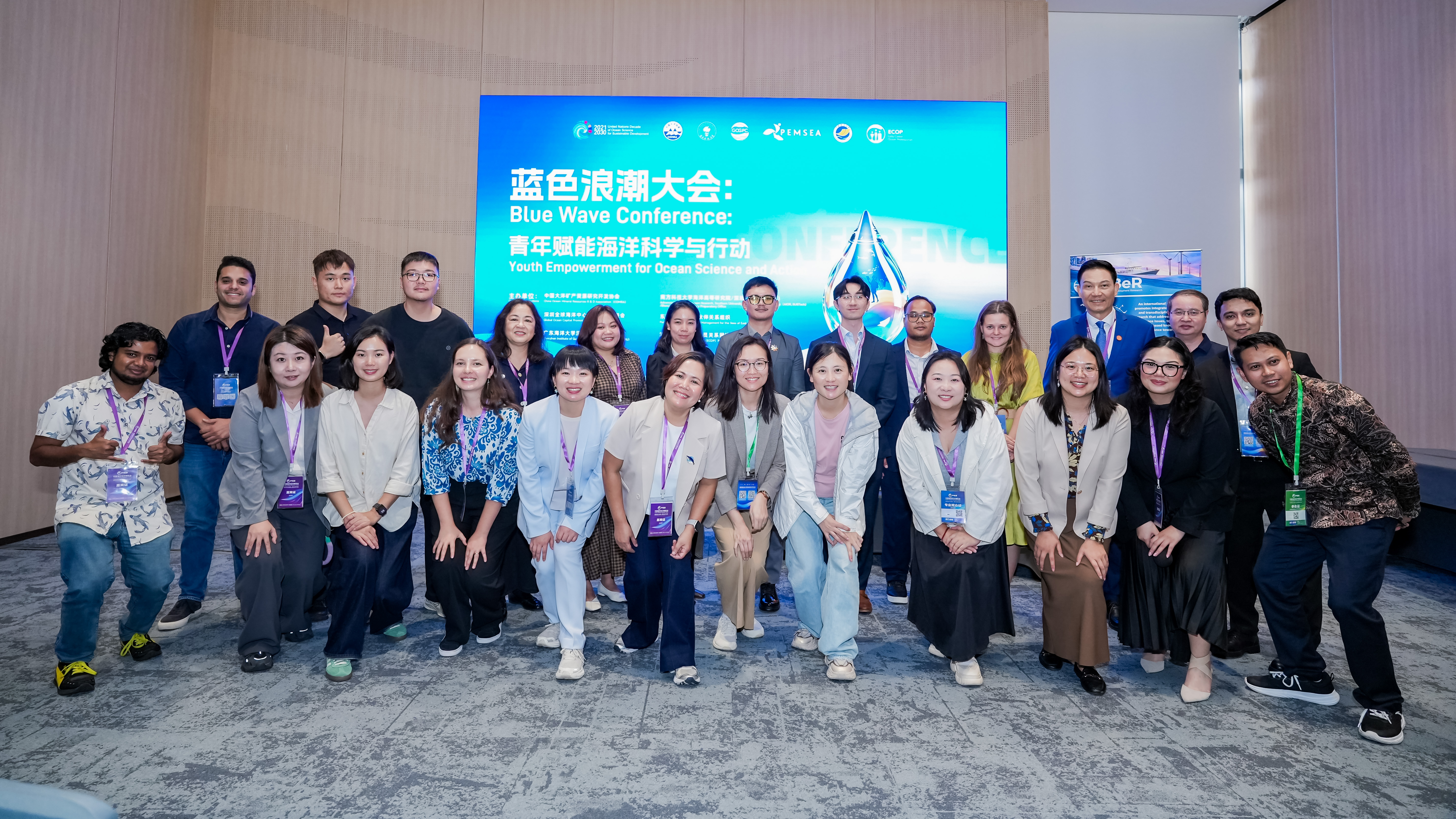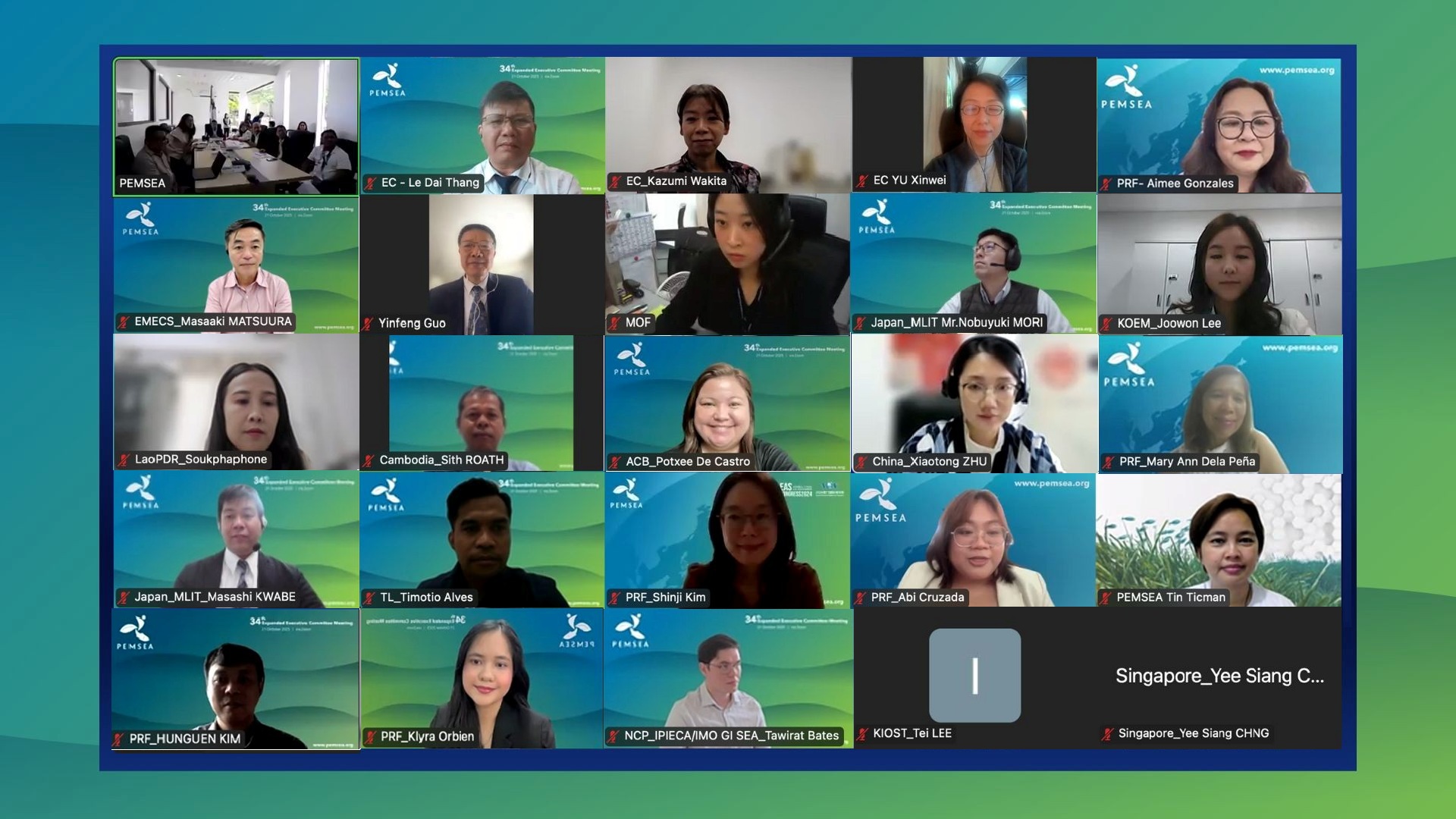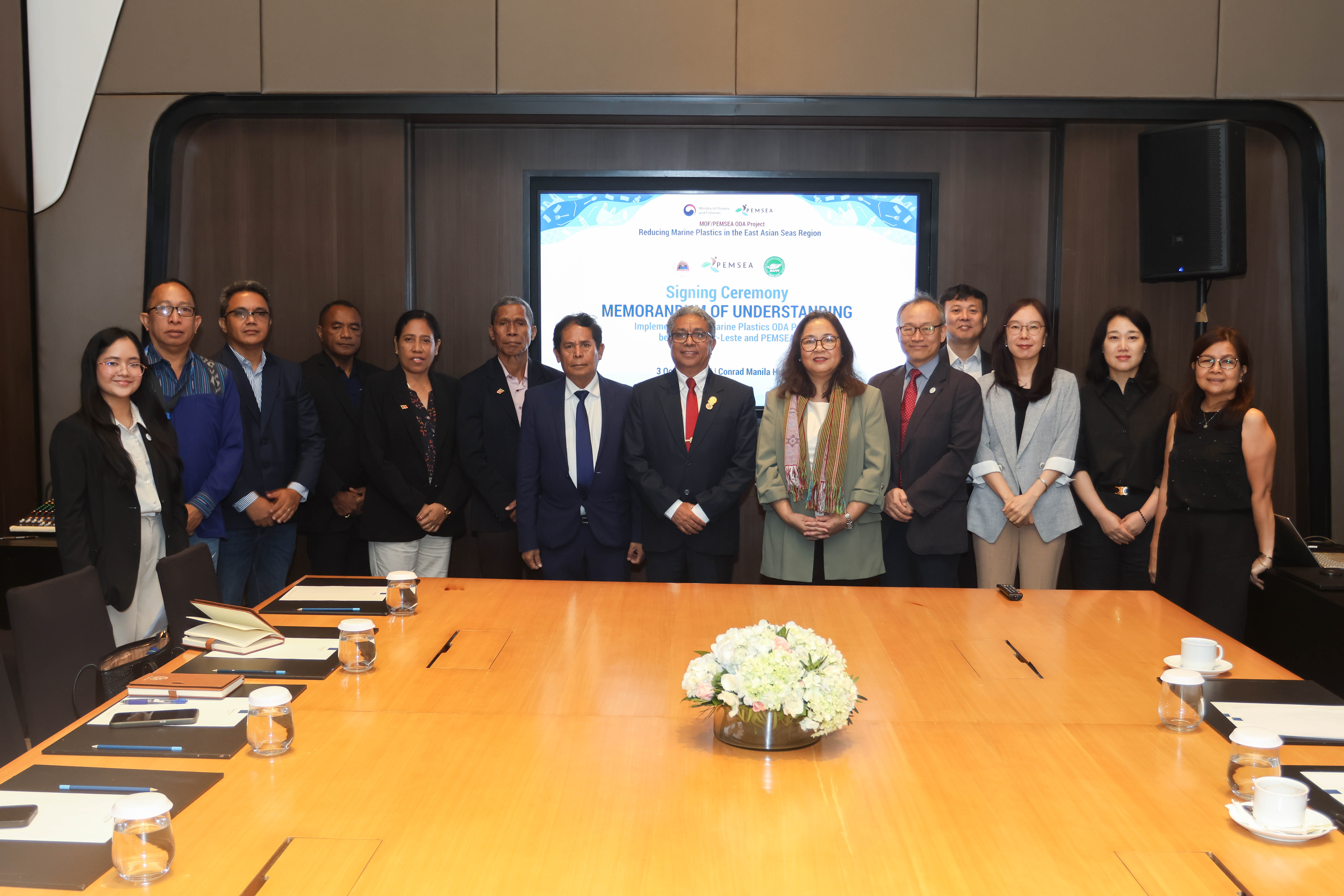International Applications of Ecosystem-based Disaster Risk Reduction in Coastal Areas (Second Batch II) launched in Yancheng
Monday, 13 October 2025
On 24 September, the World Coastal Forum 2025 Conference convened under the theme of Beautiful Coasts: Ecological Priority and Green Development. At the opening ceremony, the Ministry of Natural Resources of China (MNR) and the International Union for Conservation of Nature (IUCN),PEMSEA’s Country and Non-Country Partner, respectively, jointly released the second batch of the International Application of Ecosystem-based Disaster Risk Reduction (Eco-DRR) in Coastal Areas, in both Chinese and English.
Against the backdrop of global climate change, storm surges, waves and coastal erosion are intensifying, increasingly threatening lives and the sustainable development of marine economies. At the third meeting of the Financial and Economic Affairs Committee in 2018, the Central Government of China called for implementing coastal protection and restoration projects, building ecological seawalls, and enhancing the capacity to withstand marine disasters such as typhoons and storm surges.
The MNR in response has launched a series of protection and restoration initiatives in coastal areas, harnessing the wave-attenuating and embankment-stabilizing functions of natural ecosystems such as mangroves, salt marshes, sandy coasts, seagrass beds and oyster reefs to build a more resilient and secure coastline. These on-the-ground efforts both echo China’s traditional ecological wisdom of “The Dao follows the way of nature” and align with nature-based solutions advanced by IUCN, while delivering synergistic benefits for both ecosystem health and disaster risk reduction.
The 2024 Xiamen Declaration of the 8th Ministerial Forum at the East Asian Seas Congress 2024 elevated integration of Eco-DRR into integrated coastal management programs as region-wide synergistic action.
The same year, led by Xiamen, 12 Chinese cities launched an initiative calling for in-depth study and application of “Xiamen practices” in line with the concept of ecological civilization, promoting nature-based solutions tailored to local conditions and exploring optimal pathways for ecological conservation and restoration.
After the launch of the first batch of case studies in 2023, the MNR once again joined hands with IUCN to release nine representative nine case studies in 2025 - six from China, and three from Republic of Korea, Indonesia, and Spain. Covering the restoration of mangroves, salt marshes and sandy shores, together with ecological upgrading of seawalls, these cases pilot innovative mechanisms such as private-sector finance, community engagement and carbon credit accounting and trading, delivering integrated benefits for disaster risk reduction, ecosystem enhancement, climate adaptation and mitigation, and socio-economic development.
The release of the second batch of case studies aims to share knowledge globally, build consensus, advance the UN SDGs, the UN Decade on Ecosystem Restoration and the Sendai Framework for Disaster Risk Reduction, and promote the “ecological priority, green development” vision in coastal areas so that together we can forge resilient shores where people and nature thrive in harmony.
See the case studies through this link.




